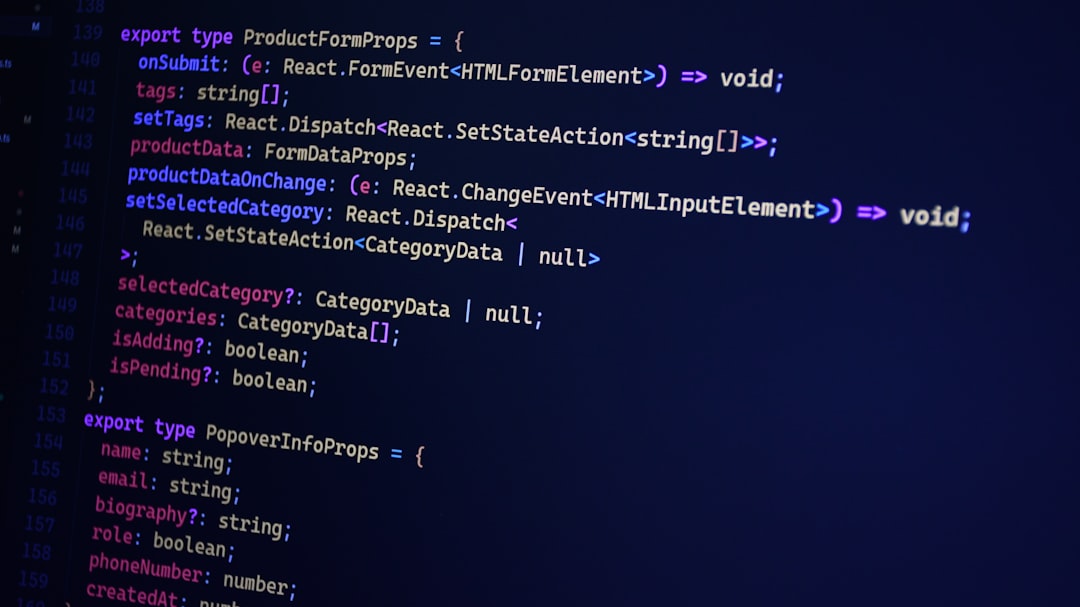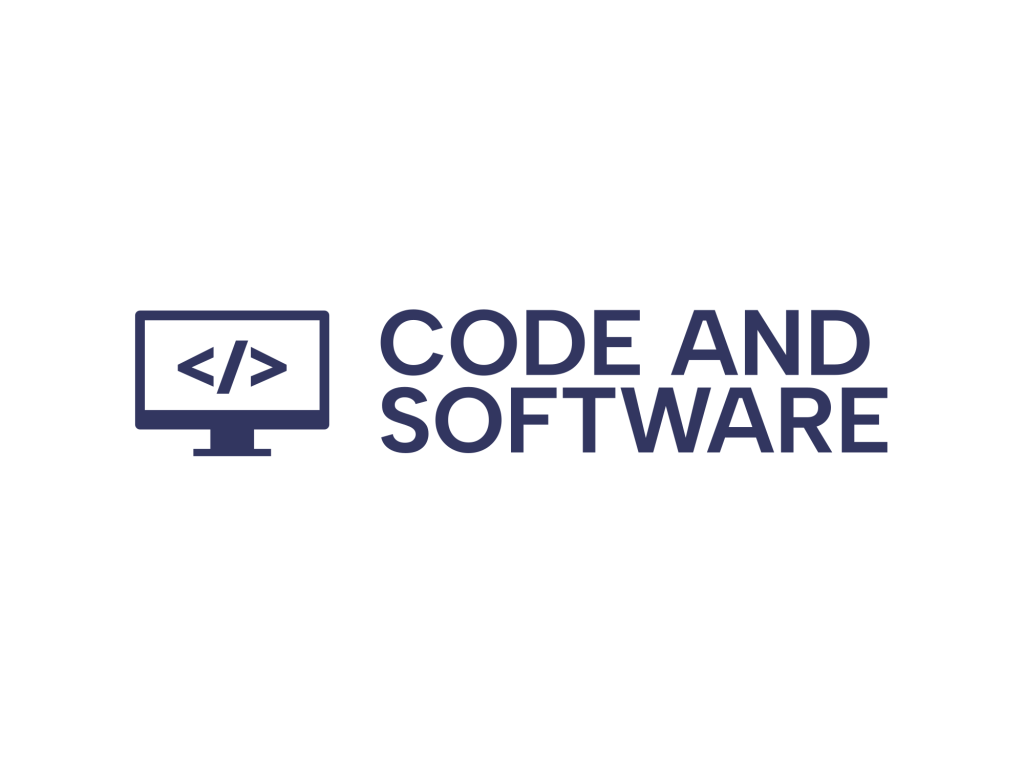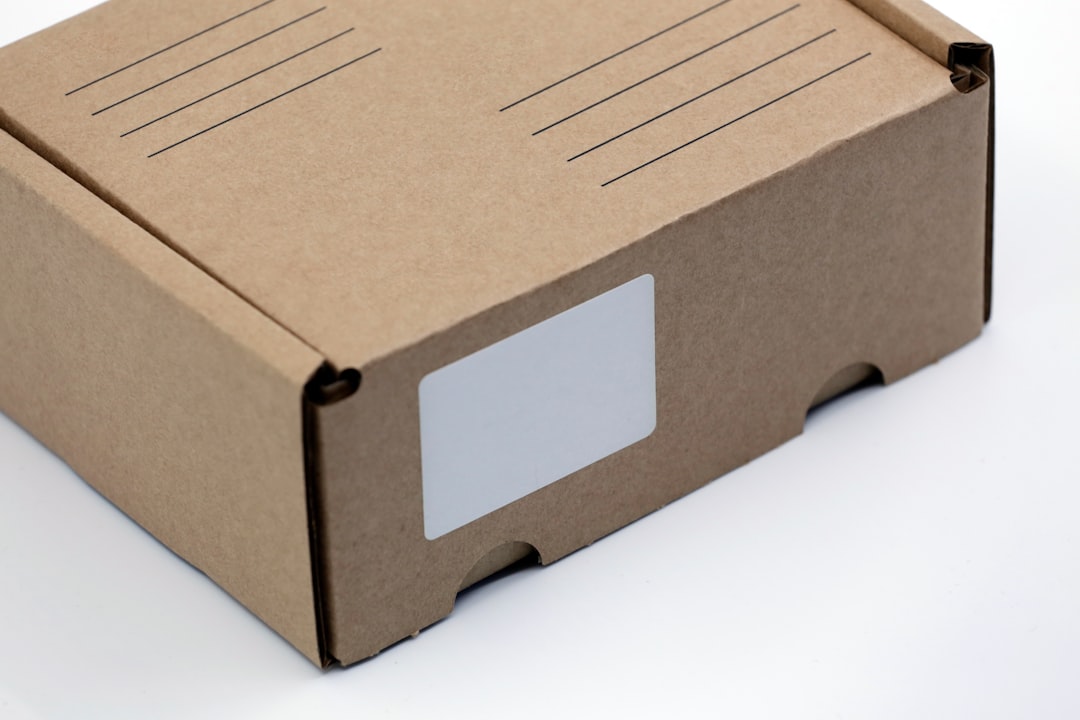When filling out forms online or preparing to send a piece of mail, you may have encountered a field labeled “Address Line 2.” This line often leads to confusion—what should you write there? Is it required? Is it okay to leave it blank? This article will provide a comprehensive guide on what Address Line 2 is, when to use it, and how to complete it correctly for shipping, billing, and other purposes. Our goal is to eliminate any ambiguity to ensure that your deliveries make it to the intended location without delays or misrouting.
What Is Address Line 2?
Address Line 2 is an optional part of an address form that allows you to input additional information that doesn’t fit into the main address line (Address Line 1). While Address Line 1 typically includes the street address, number, and name, Address Line 2 provides space for more specific location data, such as:
- Apartment numbers
- Unit or suite numbers
- Floor numbers
- Care of (c/o) names
- Building identifiers
This line helps ensure that your delivery reaches the correct person or internal location, especially in large buildings or shared residences.

Common Examples of What to Include in Address Line 2
Here are several practical examples of how Address Line 2 is used in different types of situations:
- Apartment Resident: Apartment 4B
- Office Worker: Suite 210
- Business Mail: Building 3, Floor 5
- Care Of Mailing: c/o John Smith
- PO Box Complex: Box #342, Unit B
In each case, Address Line 2 adds a layer of specificity that helps ensure correct delivery. Without it, a package might be delivered to the correct street address but the wrong apartment or office suite.
When to Leave Address Line 2 Blank
The most important point to remember is that Address Line 2 is optional. If your address does not require a secondary identifier, like an apartment or suite number, it’s appropriate to leave it blank. For example:
Correct:
Address Line 1: 123 Main Street
Address Line 2: [Left Blank]
City: Springfield
State: IL
ZIP Code: 62704
Filling in unnecessary or incorrect information in Address Line 2 could confuse the postal service or delivery driver. In worst-case scenarios, it might cause delays or result in return-to-sender situations.
Examples for Various Settings
1. Shipping:
When ordering items online, eCommerce platforms may prompt for Address Line 2. Properly filling this out can make a significant difference, especially when packages are delivered by courier services.
Example:
Address Line 1: 456 Elm Street
Address Line 2: Suite 305
City: Atlanta
State: GA
ZIP Code: 30301
This ensures that the package is delivered to the right suite inside the building at 456 Elm Street.
2. Billing:
When setting up your billing information, particularly for credit card or utility statements, accuracy in your address is essential. Mismatches between what you provide and what’s on file with your financial institution could result in declined charges or delayed correspondence.
If you live in a multi-unit building, include unit identifiers in Address Line 2:
Example:
Address Line 1: 987 Oak Avenue
Address Line 2: Apt 7C
City: Denver
State: CO
ZIP Code: 80203
3. Mailing Forms or Survey Submissions:
When filling out forms that require accurate mailing addresses—like job applications, government documents, or surveys—it’s vital to be precise. Using Address Line 2 helps such documents reach you without delay, especially when you’re in a shared housing situation.

Best Practices for Using Address Line 2
Follow these recommendations to prevent errors and ensure smooth delivery services:
- Keep It Concise: Use familiar abbreviations like Apt, Ste, Unit.
- Don’t Repeat Information: Never put the street address in both lines.
- Use Proper Letter Case: Avoid all caps or all lowercase; standard capitalization enhances readability.
- Avoid Special Characters: Steer clear of emojis or unsupported punctuation.
- Always Validate: If unsure, refer to previous mail or statements for your official address format.
Why Does It Exist Separately from Address Line 1?
You might wonder why Address Line 2 is even necessary—couldn’t users just type everything into Address Line 1? While some systems do allow for that, having a designated second line helps standardize data input and simplifies data parsing for shipping programs and postal services. It also allows automated systems to better distinguish the main property address from its subdivisions (like floors, wings, and apartment numbers).
Potential Issues from Incorrect Use
Using Address Line 2 improperly can lead to a variety of issues, including:
- Undelivered Packages: Packages reaching the right building but not the recipient.
- Returned Mail: The system can’t recognize internal directions.
- Delayed Delivery: Manual sorting may be triggered, slowing down the process.
Double-checking this field before finalizing any shipment or form can save you time and hassle down the line.
International Considerations
Different countries have various addressing formats, but many still employ an equivalent to Address Line 2. However, in countries with different addressing styles (like Japan or parts of Europe), the structure may be reversed, combined into one line, or separated by neighborhood and postal code.
Always follow the address format provided by the receiving country when shipping internationally. If you’re unsure, consult that country’s postal service for guidelines.
Conclusion
In summary, Address Line 2 is not a mysterious or confusing form field—it serves an essential role in guiding your mail or deliveries accurately through sometimes complex physical spaces. While not required in all instances, properly using Address Line 2 becomes crucial for buildings with multiple units, internal offices, or shared mailrooms.
A helpful rule is to think of Address Line 1 as the where and Address Line 2 as the who or which part within that location. By understanding and applying Address Line 2 correctly, you reduce the risk of delayed, lost, or misrouted communications—providing peace of mind to both sender and recipient.
Whether you’re filling out a checkout page, a billing address form, or a government application, giving a few extra seconds of attention to Address Line 2 can make all the difference.

